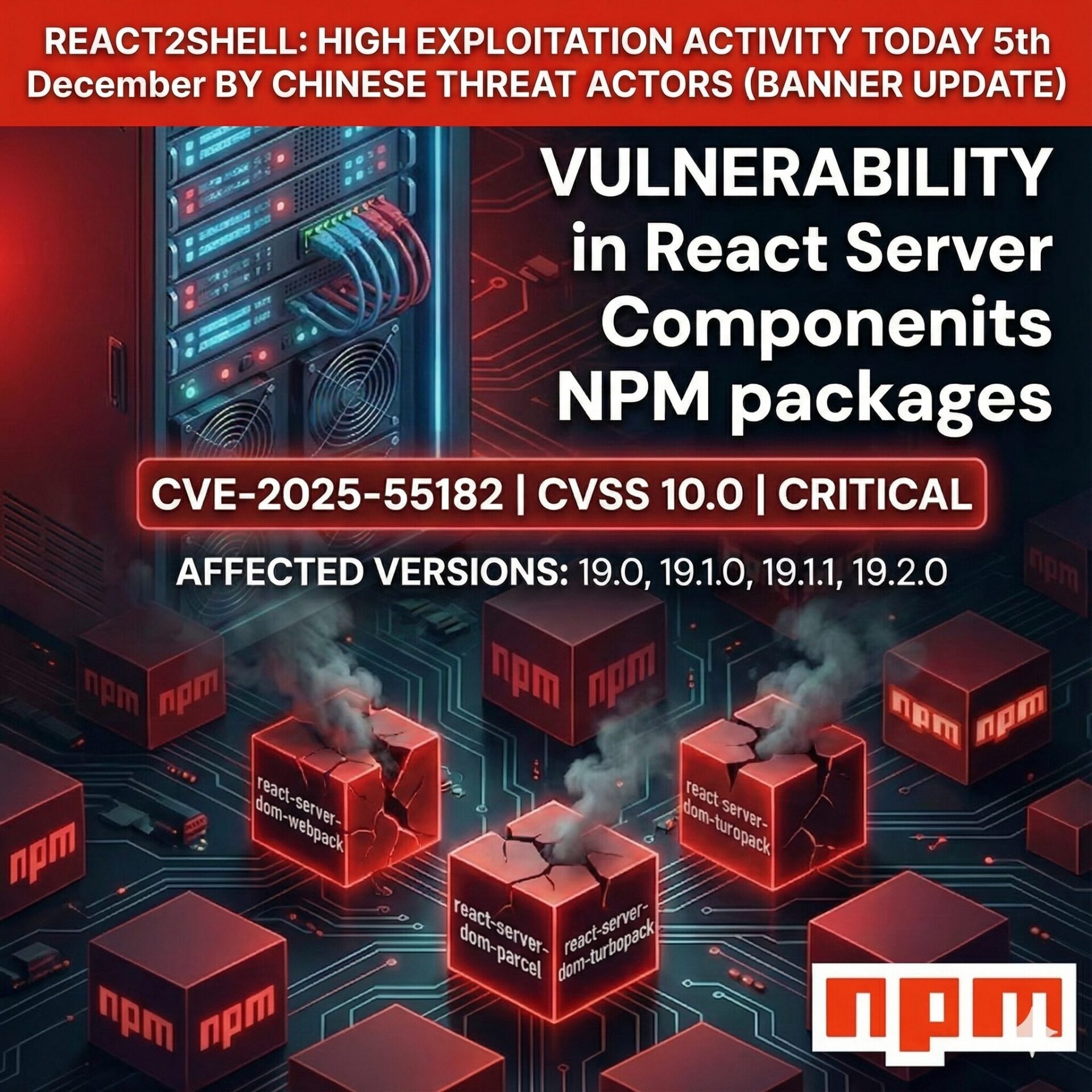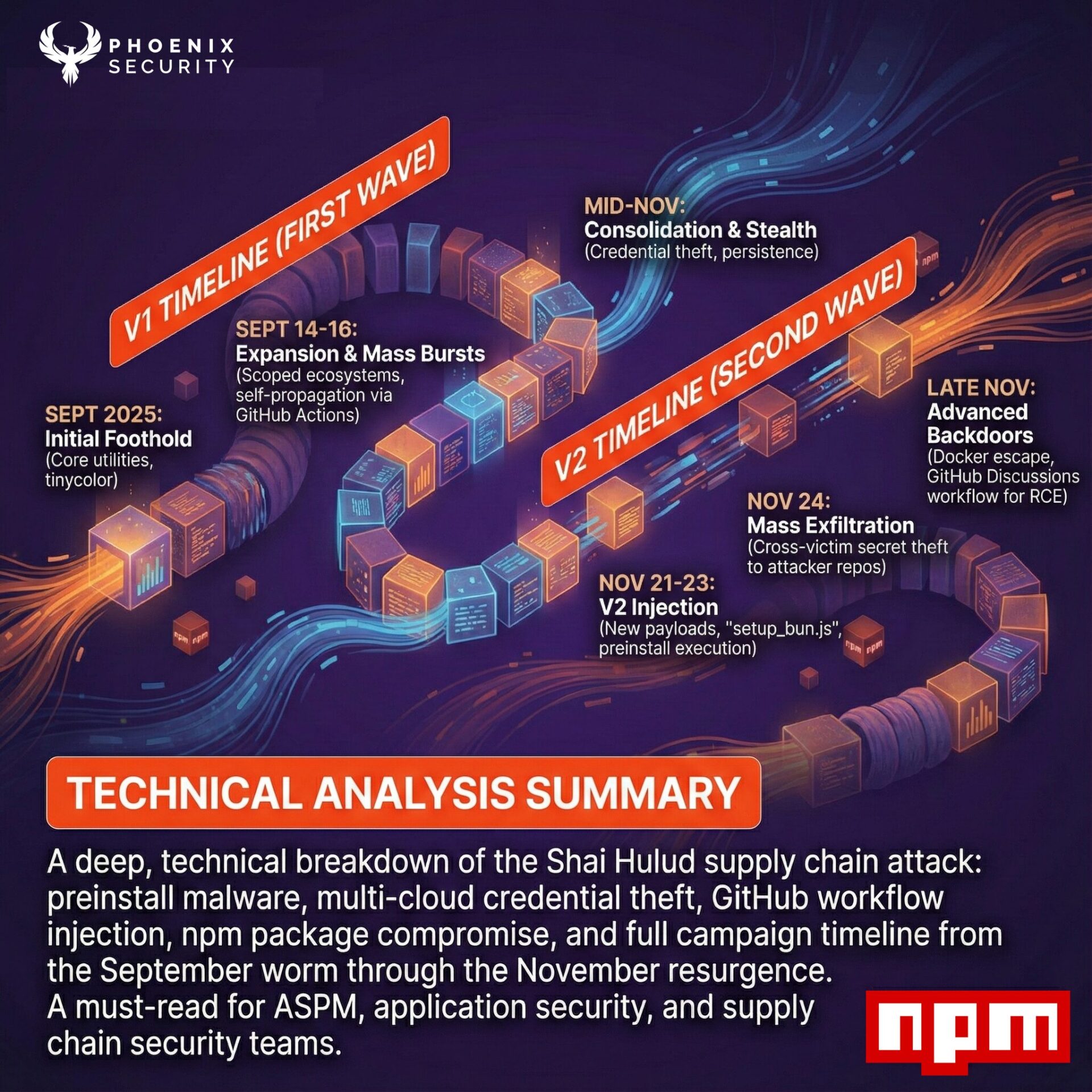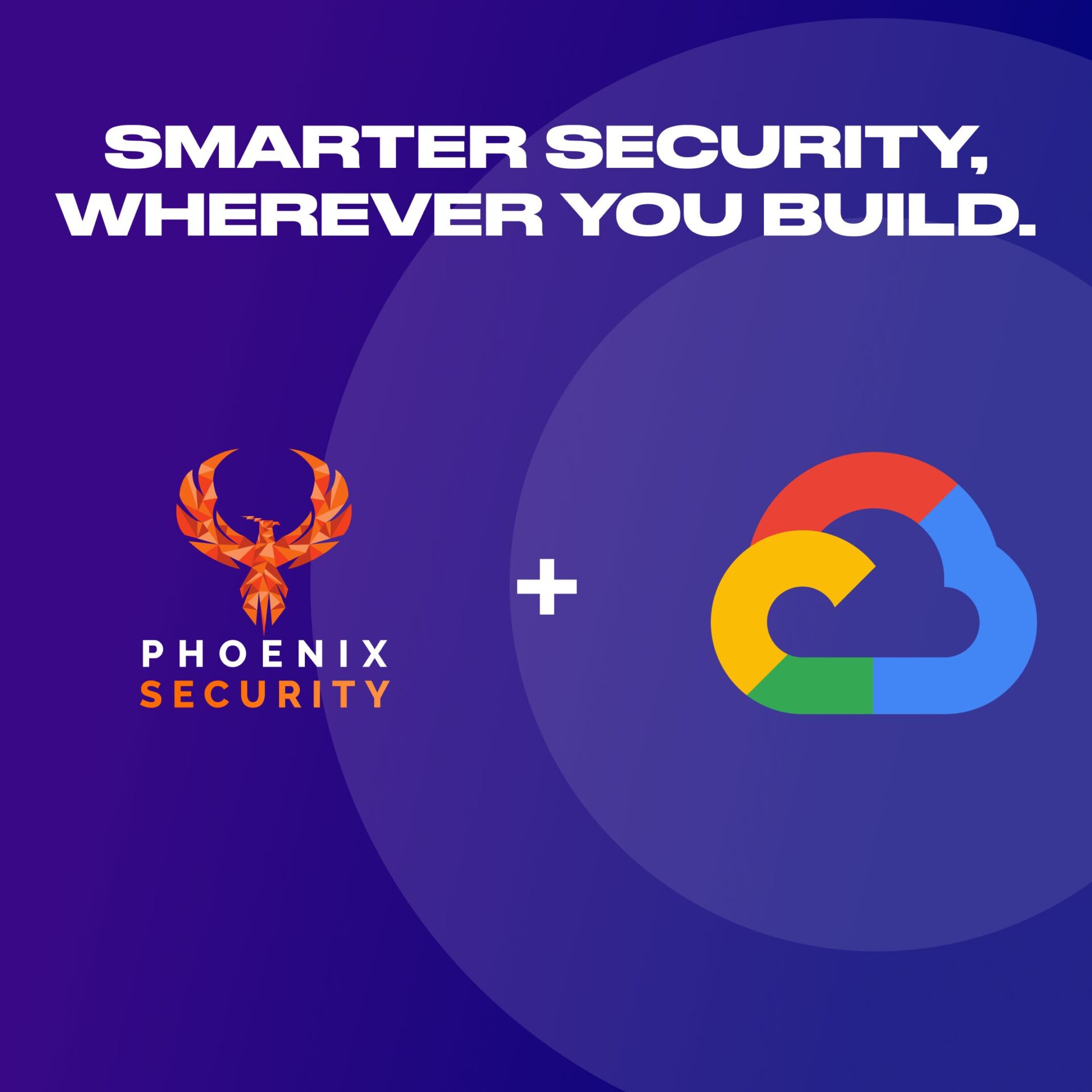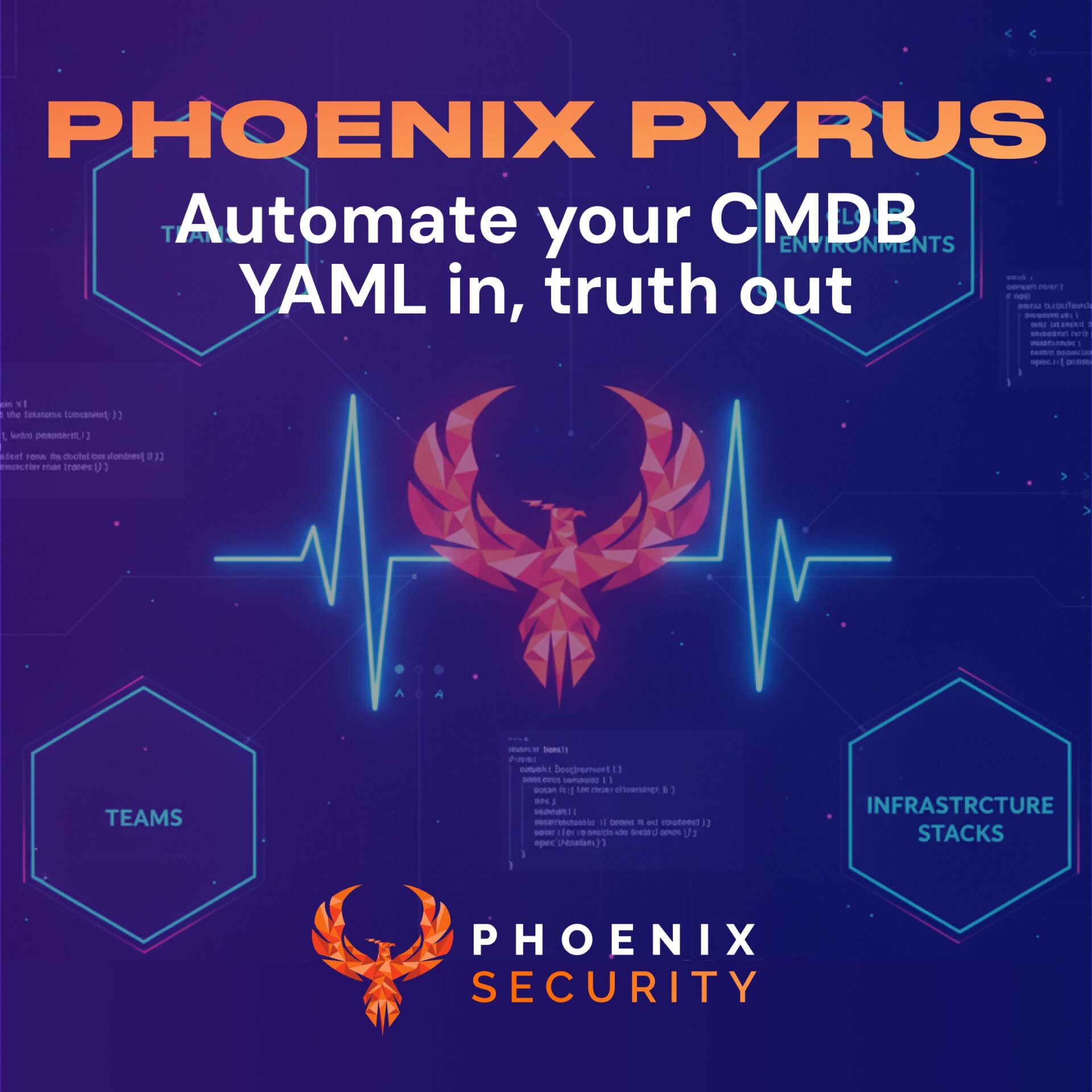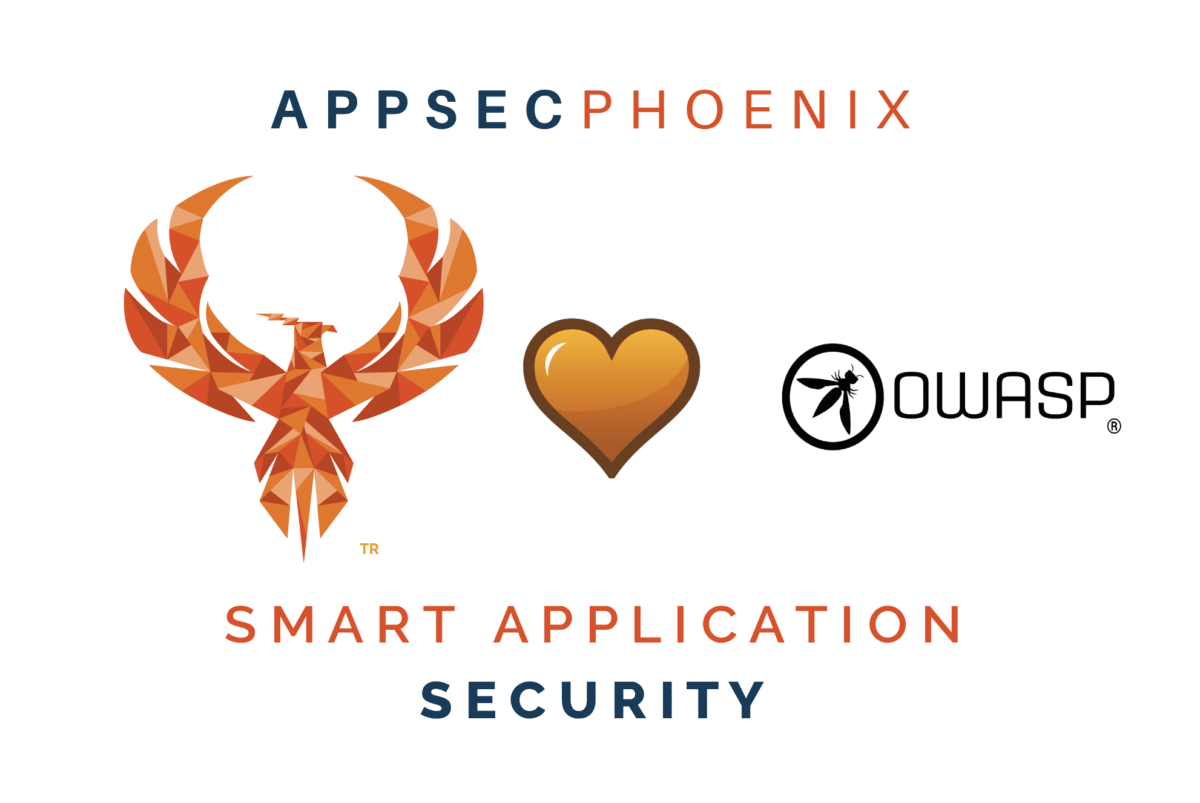
AppSec Phoenix is Happy to announce the Partnership With Owasp. At Phoenix Security we believe everyone can kickstart their journey through data-driven appsec and cloudsec with postrue management and a measured approach
AppSec Phoenix Announces Partnership with OWASP
The cloud and application security platform will offer OWASP members access to its community edition and scanners.
LONDON, England (Feb 15, 2022)—AppSec Phoenix, an innovative risk-based vulnerability management software, has announced its collaboration with OWASP, a non-profit foundation that works to improve software security. AppSec Phoenix will make accessing open-source security tools and running application security programmes easier for many more organizations through the partnership.
OWASP is a community dedicated to enabling organizations to conceive, develop, acquire, operate, and maintain applications that can be trusted. As a non-profit, the organization provides tools and resources, community and networking, and education and training. Working together for nearly 20 years, OWASP leadership and its community have sought to improve software security.
AppSec Phoenix is a SMART Application and cloud posture management platform for Small and Medium Enterprises (SMEs) and Large Enterprises. In developing the programme, founder Francesco Cipollone and his team created it to identify what to solve first in the sea of problems that could be tackled by security and developers. Bringing the executive along application and cloud security programmes enabling them to set strategic direction on risk dramatically increased the success rate. AppSec Phoenix’s approach saves its partners time and money by giving them a quick and easy way to identify which security problem to tackle first in line with executive expectations.
AppSec Phoenix will offer a free product community license to OWASP members, for free, forever. This partnership will give member organizations access to AppSec’s scanning technology, quantification and measurement. The partnership also exemplifies AppSec’s shared vision with OWASP as the two organizations embrace innovative, open collaboration and make the software more secure.
“We are proud to partner up with OWASP and give back to the community,” said Cipollone. “As an individual member and long friend of OWASP, I’m pleased to be able to help organizations gain access to an application and cloud security open-source project to create a simpler application security programme. By offering AppSec Phoenix to all OWASP members, we hope that more people will get started on the application security journey with a simple integration that makes open-source scanning technologies available for everyone.”
“I’m thrilled by this collaboration with AppSec Phoenix, and I look forward to moving it ahead,” said Andrew van der Stock, Executive Director of OWASP. “Phoenix Security brings additional value to the OWASP subscription and OWASP’s members and aligns with the core value of open collaboration and making all software more secure. In celebration of the 20th anniversary of OWASP, we are looking forward to this exciting collaboration.”
To get your free licence check out https://phoenix.security/resources/ or register directly with your OWASP account: https://appsecphoenix.cloud/signup/owasp. Alternatively, in case of issue check https://kb.phoenix.security/owasp or REQUEST OWASP COMMUNITY LICENSE SUPPORT
About AppSec Phoenix
AppSec Phoenix was established to provide an effective all-in-one security solution for application and cloud security and running programmes at scale. We enabled executives to set meaningful targets that developers and security get with our easy-use platform. At the same time, developers received a clean to-do list of what to fix in line with executive expectations and focused on what’s more exploitable in the eye of attackers. Application and cloud security are ramping up problems for companies, small and large. Learn how you can align security with the speed of business https://www.phoenix.security/.
###


